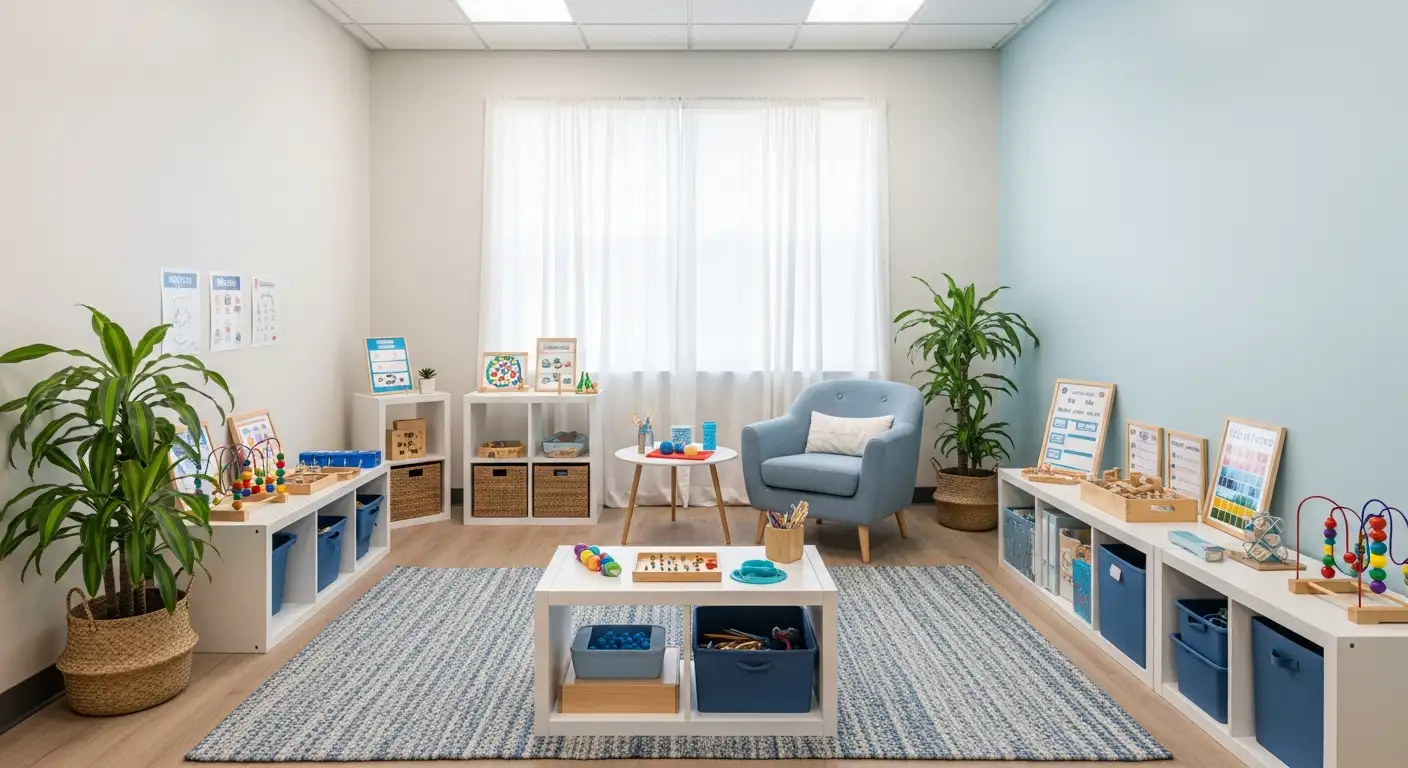Unveiling the State of Literacy in America
The intricacies of literacy in the United States reveal a landscape that is both challenging and multifaceted. With only 79% of U.S. adults classified as literate, there is a persistent and troubling literacy gap that impacts millions nationwide. In a country where literacy plays a pivotal role in shaping personal and societal outcomes, understanding the depth and breadth of these challenges is essential. This exploration delves into statistical insights, societal implications, and efforts to address literacy disparities and improve outcomes.
Global Literacy Comparisons: Where Does the U.S. Stand?

How are literacy rates in the United States compared globally?
Literacy rates in the United States reveal a complex and often troubling picture when viewed in a global context. Various reports and assessments provide differing rankings for U.S. literacy, with one analysis placing the country as low as 125th globally, indicating a literacy rate of 86%. However, other studies suggest the U.S. ranks higher, landing at approximately 36th in international assessments.
Despite these statistical discrepancies, the alarming fact remains that a significant portion of the American adult population struggles with basic literacy skills. According to recent studies, over 130 million adults in the U.S. read below a 6th-grade level, indicating serious challenges in functional literacy, especially among marginalized groups. This is particularly concerning when juxtaposed against top-performing countries like Andorra, Luxembourg, and Norway, which boast almost universal literacy rates near 100%.
What do these comparisons reveal about methodologies and assessments?
These varying rankings underscore the necessity for a thoughtful discussion on the methodologies used to assess literacy. The Program for the International Assessment of Adult Competencies (PIAAC) defines literacy as the capacity to understand and engage with written text effectively. This means that literacy scores not only reflect reading abilities but also highlight diverse challenges faced by specific populations.
Compounding the issue, many adults, especially those with limited access to education resources, remain statistically invisible in broader assessments due to barriers created by immigration, socioeconomic status, and systemic educational deficiencies. Thus, a nuanced understanding of literacy statistics is crucial for identifying and addressing the real challenges behind the numbers.
The Decline of Literacy Rates: A Persistent Trend?

Are literacy rates in the U.S. declining over time?
Literacy rates in the United States present a troubling picture. Recent assessments show that more than 60% of students fail to read at grade level, with 54% of American adults reading below a sixth-grade level. This deficiency is concerning for individuals' employability and earning potential. Evaluations from the National Assessment of Educational Progress (NAEP) indicate that there has been an increase in the number of fourth and eighth graders not meeting the Basic reading level since 2000.
The stagnation in improvements over the years is alarming. For instance, the U.S. adult literacy rate has remained flat since 2012, and in terms of international standing, the U.S. ranks lower than many of its peers, with an average literacy score of 272, just above the OECD average of 267. This situation underscores the systemic challenges that have plagued literacy advancements in the country.
Furthermore, literacy struggles are directly correlated with socioeconomic factors, particularly in marginalized communities. For example, 43% of adults with the lowest literacy skills live in poverty. Given these alarming trends, it's evident that immediate and focused investments in educational initiatives are essential to address the ongoing literacy crisis.
Understanding U.S. Literacy Disparities

What are some insights into literacy disparities in the United States?
Literacy disparities in the U.S. are pronounced and heavily influenced by factors such as race, ethnicity, and socioeconomic status. As of recent studies, 39% of adults with Below Basic prose literacy were Hispanic, which is striking given their smaller overall representation. Furthermore, White and Black adults also demonstrate significant numbers in lower literacy categories.
Between 1992 and 2003, there were noted improvements in literacy scores among Black adults, while Hispanic adults faced declines in prose literacy levels. Current statistics show a concerning trend: only 18% of Black students reached proficiency in reading by fourth grade, in stark contrast to their White and Asian peers, who typically perform at much higher rates.
Additionally, socioeconomic factors play a critical role in these literacy outcomes. Areas with high poverty often overlap with lower literacy rates, reinforcing a cycle of disadvantage. 54% of adults nationwide read below a sixth-grade level, a statistic that highlights the impact of systemic barriers affecting marginalized communities. The persistence of these gaps underscores the urgent need for targeted educational interventions and equitable access to resources.
Literacy's Impact on Society: Health, Income, and Education

What is the impact of literacy on societal aspects like health, income, and education?
Literacy significantly influences various societal outcomes, especially health, income, and education. Individuals with higher literacy levels, particularly health literacy, can better understand health information, which encourages informed decision-making. This not only improves health outcomes but also reduces healthcare costs and hospitalizations, highlighting the connection between literacy and well-being.
Moreover, literacy is closely tied to educational attainment. Those with higher literacy skills are more likely to achieve higher education levels, which often leads to increased income and economic stability. In contrast, poor literacy contributes to social and economic challenges, hampering access to quality education and resources. It’s noteworthy that a staggering 43% of individuals with low literacy skills live in poverty, showcasing the interrelation between literacy and socioeconomic status.
Economic impacts of illiteracy
Illiteracy and low literacy skills impose significant economic burdens on society, costing the U.S. economy an estimated $2.2 trillion annually. This staggering figure underscores how the lack of literacy not only affects individual livelihoods but also burdens taxpayers with high healthcare costs and reduced productivity levels. Furthermore, low literacy skills contribute to a workforce that struggles to meet basic requirements, affecting overall economic performance.
Health literacy effects
Health literacy is a critical component of general literacy, often influencing health-related behaviors. Studies show that about 88% of U.S. adults lack the necessary health literacy to navigate the healthcare system effectively. This lack of comprehension can lead to mismanagement of chronic conditions, increasing hospital visits and healthcare costs. Improving health literacy can lead to better healthcare utilization and outcomes, ultimately benefiting society as a whole.
| Aspect | Impact on Society | Statistical Insight |
|---|---|---|
| Health | Better understanding of health information | 88% lack health literacy |
| Economic Stability | Increased income through better job prospects | $2.2 trillion lost due to low literacy |
| Education | Higher literacy leads to better educational attainment | 43% of low literacy individuals in poverty |
Strategies and Initiatives for Improving U.S. Literacy

What strategies are in place to improve literacy rates in the U.S.?
To improve literacy rates in the U.S., a variety of strategies are implemented, encompassing federal initiatives and local community programs that target both children and adults.
Early Childhood Education Programs
- Focus: Enhancing early childhood education is vital. Programs are designed to nurture language development from a young age, ensuring that children are exposed to reading materials early on.
- Importance: Early exposure to literacy has been linked to better educational outcomes later in life.
Teacher Training and Professional Development
- Focus: Investing in teacher training is crucial. Educators are being equipped with effective instructional strategies, particularly those based on the science of reading.
- Outcome: Trained teachers can better support at-risk students, improving overall literacy rates.
Community Engagement and Family Involvement
- Focus: Community involvement plays a pivotal role. Schools and local organizations encourage families to foster reading habits at home and organize literacy events.
- Example: Family reading nights or community book drives.
Technology and Innovation Utilization
- Focus: Leveraging technology provides unique resources for struggling readers. Digital tools and apps can offer personalized reading assistance.
- Outcome: These innovations help bridge gaps for individuals with varying literacy skills.
Overall, a multi-faceted approach that includes these strategies enhances efforts towards increasing literacy rates across the U.S.
Towards a Literate Future
Addressing literacy challenges in the United States requires a comprehensive, multi-faceted approach, combining educational reform, targeted initiatives, and societal support. As literacy affects economic, health, and societal well-being, it is imperative for policymakers, educators, and communities to collaborate in creating an environment that supports and nurtures literacy growth. Emphasizing early education, bridging the gap in literacy disparities, and investing in innovative programs can catalyze a change towards a more literate and empowered future for all Americans.
References
- Literacy Statistics 2024- 2025 (Where we are now)
- Adult Literacy in the United States
- Literacy Gap Map
- U.S. Literacy Rates by State 2024 - World Population Review
- Literacy in the United States - Wikipedia
- Literacy Statistics 2022-2023
- Fast Facts: Adult literacy (69) - National Center for Education Statistics
- The Literacy Crisis in the U.S. is Deeply Concerning—and Totally ...









